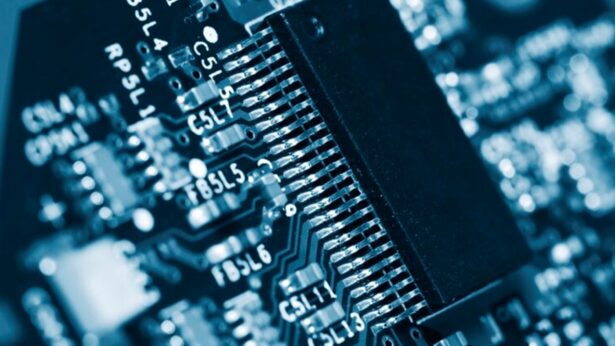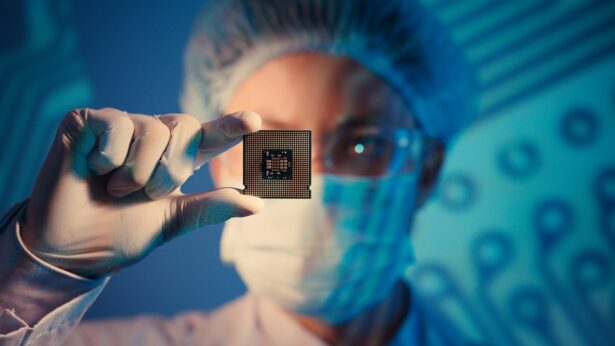While mankind is fighting COVID-19 on a global scale, we realized the need of new technologies and leverage their benefits.
However, there are still more undiscovered capabilities and more revolutionary ideas to be evaluated. Of course, it was a shock, but as a result, the impact of Corona Virus epidemic pushed forward the development of the IoT.
So, Does IoT (Internet of Things) support society in a possible future pandemic or in a prolonged social distancing scenario? What technologies should we update/develop to get life and business going?
Contactless payments, Remote healthcare, Transmission Chain Tracking and Remote Working are just a few examples of IoT applications that help us move forward.
The IoT market, is expected to be worth $243 bn while in 2019 was at $150 bn worth.
What does that mean?
Some technologies are here to stay.
It is a fact that IoT has helped drastically to overcome the COVID-19 first pandemic phase. This harsh event has changed forever our general perception of IoT.
Let’s identify some of the many different areas where IoT has helped so far.
Remote Working: remote access and cloud computing/storage/processing
While it is not a new trend, Remote working grew dramatically the last few months and it will continue to be so wherever possible. Especially for many companies it has become the new standard.
The reasons were known but COVID-19 transformed the optional to mandatory. Remote working allows companies to save on physical spaces, gives the ability to have teams working in different locations, offers more flexibility, and less time wasted on home-work trips. Even before the COVID-19 pandemic, the most IoT technologies that were under corporate scope were cloud platforms (76%), data processing (77%), and sensors (84%).
There is no doubt that without the recently adopted technology, infrastructure running, and maintenance would be impossible. Videoconferencing software, collaborative project management, cloud computing, VPNs, remote computer access, and mobile-first apps just to name few. And according to forecasts it is exactly this kind of solutions that will grow the most in the near future.
Robot Usage
Social distancing on an assembly line is a hard challenge for any industrial production manager. New safety standards need to be met; teams should be reduced. Without relying on IoT and automation of processes the breakdown in production is unavoidable.
There is a common subliminal fear against Robots since they have been associated with jobs elimination, but during this epidemic the real questions are different:
- Can we be prepared for future pandemics by automating certain processes?
- Can we protect ourselves from contamination using technology?
- Can technology help us maintain our social distance?
- Can our recovery be accelerated by robots?
- What a smart robot can do to help us?
Let’s explore some options:
Deliver food and/or materials in hospitals and dispense stocks or medicines in pharmacies. Make safe home deliveries by using drones. But this is not the future. drones and robots were converted to spread disinfectant sprays instead of agricultural fertilizers (by XAG and Huawei ).
Replacing workers is not a question anymore. Making more productive, more efficient, and above all safer processes has become the real goal.
Air Smart sensors
It has always been a challenge to properly ventilate crowded spaces. Carbon monoxide, asbestos dust, traces of mold, pesticides and other organic compounds pollute the air in big buildings.
However, it has never been so critical to ventilate buildings as it is now. Preventing contamination from COVID-19 by ventilation is an essential safety measure.
Studies about air quality increases as scientists have access to big data about SARS-CoV-2, the Corona virus. It was proven that aerosolized particles create a fecal-oral contaminating pathway and it is known that the social distance in enclosed spaces should be greater than we calculated at the very first days of the pandemic.
If the virus is potentially more resistant and can stay in the atmosphere more than we initially thought, then air quality becomes critical and monitoring that quality becomes mandatory.
Installing air quality sensors that are connected to an Artificial Intelligence system is a fast and relatively affordable solution to activate and deactivate HVAC systems.
Inventory management
During the unpredicted lockdown, wholesalers, retailers, and distributors faced demanding challenges. Distribution channels had to change, and stock control became a difficult task. And as it seems this is not a temporary situation for most of the businesses. For the prepared ones the use of NFC labels to control inventory and orders tracking made the task easier. Track & trace systems have been proved essential to keep operational the e-commerce industry.
For one more time, IoT evolved to offer a transparent and faster service to the end user/consumer.
Health and Internet of Things
The biggest leap in technological development has been reported on Health and Wellness. We already have “Telemedical Services”, “telemedicine”, “telesurgery”, and “interactive medicine” to treat patients who cannot travel to the hospital or who are far away from home. While these technologies mature and evolve, we find out new applications.
Additionally, robots are used for surgeries requiring an unreachable precision level for the bare human hand. Lately, the use of “medical robots” in COVID-19 detection centers in Italy solved a lot of problems. These measures reduced the infection risk for health professionals. Tasks like temperature measuring, medicines delivering to patients in isolation, and even remote disinfecting of enclosed spaces and rooms were assigned to robots. As a byproduct, there was a big saving on protection materials. It seems that, after the “shocking field test” of COVID-19 epidemic, this kind of technology will grow and develop further.
What about the future?
For more than 10 years ideas and applications have become reality as IoT emerged and distinguished them from science fiction. Day by day, Internet of Things matures and has established itself as a solution for dealing with untouchable public problems in the future.
Where ARK electronics is standing?
The recent COVID-19 pandemic has separated companies into two types:
- those that resist adapting to new challenges and ways of working, and
- those that were prepared to leverage technology to their advantage and move forward,
Corporate enterprises today demand digital transformation and innovation. At Ark, we’re here to empower them. Through end-to-end electronics manufacturing, design, and IoT services, we solve complex business challenges and deliver cost-effective solutions at scale. Together, we help our customers thrive in an increasingly connected world.
Our Process
We understand that success begets success and strive for continuous improvement at every level. Applying agile approaches and the latest technological advances, we remain responsive and efficient in our processes, in our manufacturing, and in our service to you.




